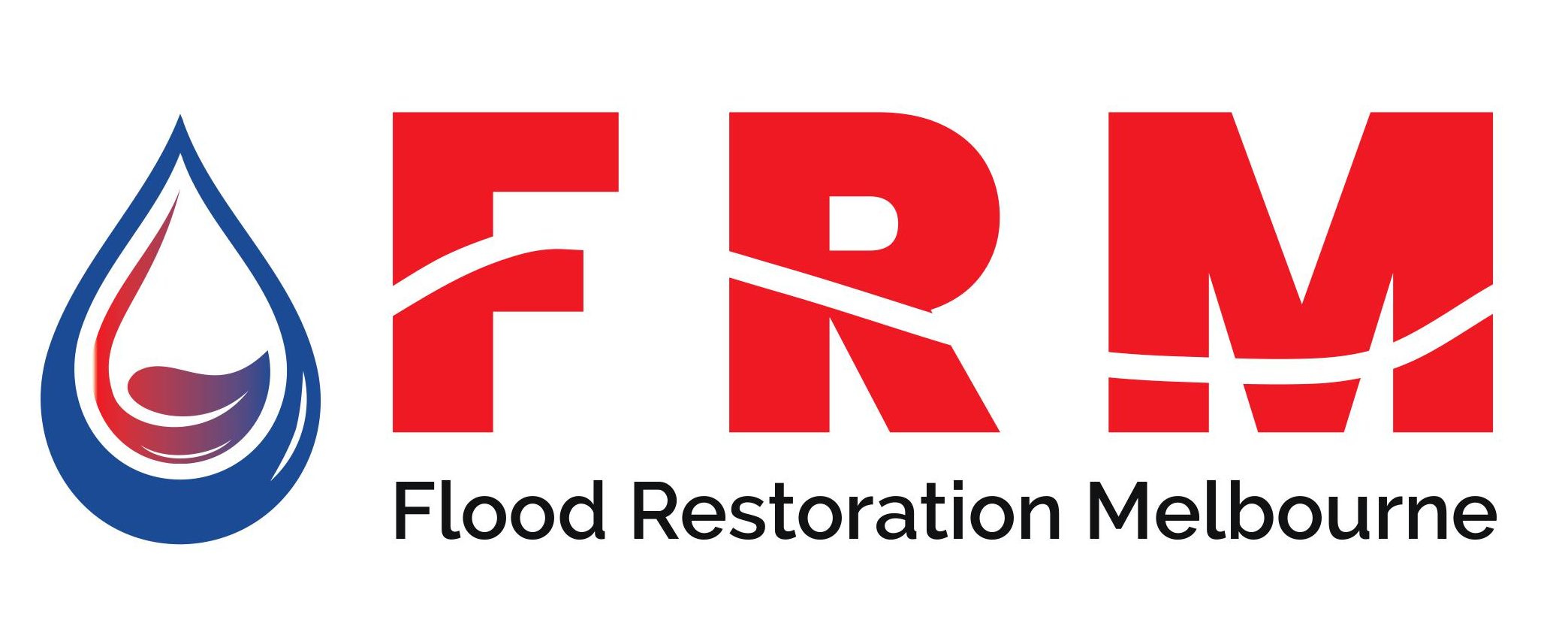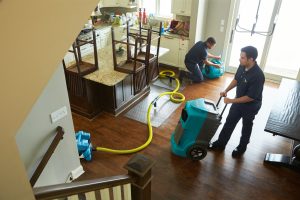Wet carpets are a common issue after leaks, pipe bursts, overflows, or flood-related events. But if left untreated, even minor water exposure can lead to mould, structural damage, and bad odours. Whether you’re dealing with a small area or a fully soaked carpet, acting quickly is critical. To help you, here are expert-approved water damage restoration tips on how to dry wet carpets effectively—plus advice on when to call the professionals.
- Act Immediately
Time is of the essence when your carpet gets wet. Delaying the drying process by even a few hours can lead to mould growth, staining, and lasting water damage. The moment you notice a spill or flooding, begin the drying process. Quick action prevents moisture from seeping into the underlay and subfloor.
- Extract Standing Water Thoroughly
Begin by removing as much water as possible. Use thick towels to blot small areas or a wet/dry vacuum for larger volumes. Press down firmly to ensure you’re drawing water from beneath the carpet fibres. Repeat until no more water is being lifted. This step lays the foundation for faster drying.
- Lift the Carpet to Dry the Underlay
Carefully lift the carpet edges to expose the underlay and subfloor. These hidden layers can retain moisture and become breeding grounds for bacteria and mould. Use fans and airflow underneath to promote even drying. Be gentle to avoid damaging the carpet backing or stretching it out of shape.
- Position High-Velocity Fans
Place multiple high-powered fans throughout the room and direct them at different angles. Continuous air circulation is essential for effective carpet drying. Leave fans running for at least 24–48 hours, and consider renting industrial blowers for large or heavily affected spaces.
- Run a Dehumidifier
Moisture in the air can slow down the drying process. A dehumidifier extracts humidity from the air, helping the carpet and room dry faster. It also helps prevent condensation on walls, windows, and surfaces—minimising the risk of secondary water damage and mould removal.
- Open Windows and Maximise Ventilation
If the weather allows, open all windows and doors to let fresh air flow through the space. Natural ventilation helps accelerate evaporation and reduces damp odours. Use screen doors or mesh covers if necessary to keep pests out while airing out the room.
- Move Furniture Out of the Area
Water-damaged furniture can stain carpets and obstruct drying. Remove all furniture from the affected area to allow proper airflow. If removing items isn’t possible, place foil or wood blocks under furniture legs to prevent further staining or moisture transfer.
- Apply Baking Soda for Moisture and Odour Control
Once excess water is removed, sprinkle baking soda over the damp areas. Let it sit for several hours or overnight to absorb any remaining moisture and neutralise odours. Vacuum the area thoroughly once the powder has done its job. This simple remedy can make a big difference.
- Inspect and Replace the Underlay if Necessary
In severe cases, the carpet underlay may be too soaked to salvage. Wet padding loses its insulation properties and can retain bacteria and mould spores. If the underlay feels saturated or smells musty after drying, it’s best to replace it to avoid future health risks.
- Sanitise and Steam Clean the Carpet
After the carpet is dry, it’s essential to sanitise it properly. Use a steam cleaner with an antibacterial solution to remove remaining germs, dirt, or allergens. This final step ensures a clean, fresh-smelling carpet and a safer living environment—especially important in households with children or pets.
Still Soaked? Call the Experts at Flood Restoration Melbourne
While DIY methods are helpful for small-scale water issues, larger floods or prolonged water exposure require professional attention. At Flood Restoration Melbourne, we provide reliable, emergency flood restoration service across Melbourne suburbs.
Our experienced water damage restorers use advanced moisture detection tools, industrial-grade water extractors, high-capacity air movers, and commercial dehumidifiers to restore your carpets quickly and safely. We not only dry the surface but also check for moisture underneath the carpet, in the underlay, and even within the subfloor to ensure a complete restoration.
Why Choose Professional Flood Restoration?
- Industrial-grade equipment for deep carpet water extraction
- Thorough drying of carpet, underlay, and subfloor
- Mould prevention and bacterial sanitisation
- Fast response with 24/7 emergency services
- Trained technicians with years of hands-on experience
- Support for insurance claims and property reporting
Don’t risk the long-term consequences of water damage. Let the professionals handle it with precision and care.
If your carpets are wet and you’re unsure what to do next, don’t wait for the damage to worsen. Call Flood Restoration Melbourne today on 0430 124 748. Our team is available 24/7 for emergency carpet drying, water extraction, and full flood restoration. We’ll help you restore your home or business quickly—bringing peace of mind and clean, dry carpets back under your feet.


